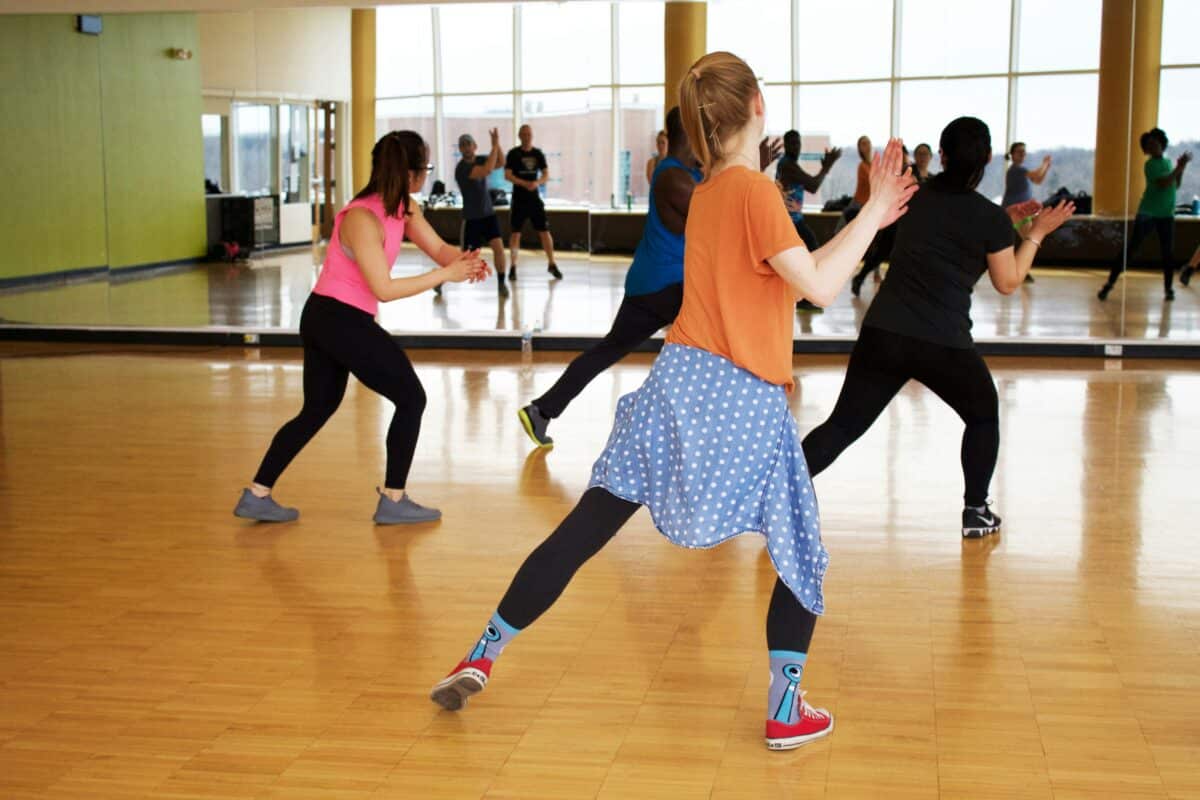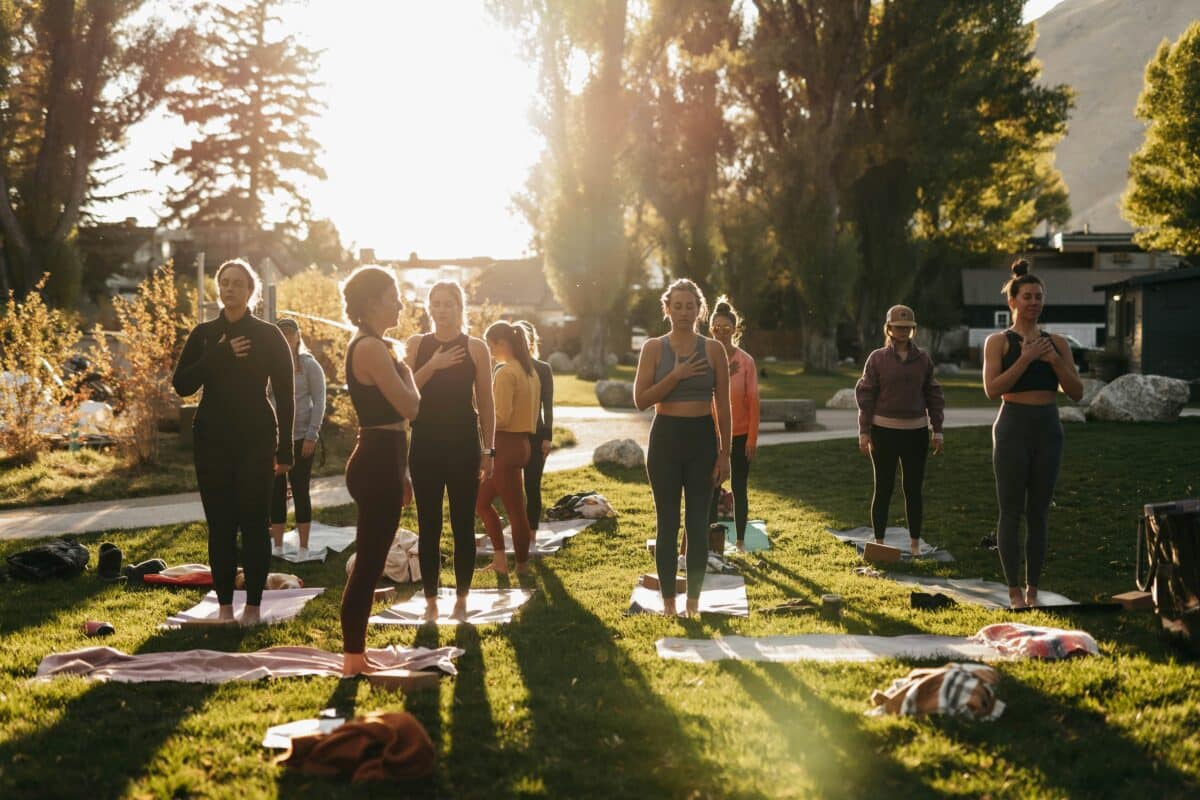Find Your Perfect Trip: Beach, Mountain, or City
Vacations are an opportunity to recharge, explore, and create memories. But choosing the perfect getaway often depends on your personal preferences and what you value most in a travel experience. Some dream of sandy beaches and tranquil waves, while others are drawn to the serene peaks of mountains or the bustling energy of a vibrant city. Whether you’re seeking relaxation, adventure, or cultural immersion, your ideal vacation destination says a lot about your style. Let’s explore the unique allure of beach retreats, mountain escapes, and city adventures to help you decide your next dream destination.
Why Choose a Beach Vacation for Ultimate Relaxation?
Beaches have a timeless appeal for those looking to escape the hustle of daily life. The gentle sound of waves, warm sun on your skin, and the calming rhythm of the ocean make a beach vacation the go-to choice for relaxation. For many, the beach symbolizes peace and simplicity, offering a space to unwind and reconnect with nature.
Beyond relaxation, beach destinations provide endless activities for those who enjoy being active. From snorkeling to surfing and paddleboarding, the ocean offers something for every adventure lover. Romantic beach walks at sunset, tropical cocktails by the shore, or lounging with a good book make beaches equally appealing to couples, solo travelers, and families.
Famous beach destinations like Maldives, Hawaii, or Santorini promise crystal-clear waters and luxurious surroundings. For those who crave something closer to nature, more secluded spots like Costa Rica or Thailand’s hidden coves offer tranquility with a hint of adventure.
How Do Mountain Escapes Soothe the Soul?
For those who find peace in solitude and nature, a mountain escape offers the perfect retreat. Surrounded by towering peaks, lush forests, and crisp air, the mountains invite you to slow down and immerse yourself in natural beauty. This kind of vacation is ideal for travelers seeking a sense of calm or looking to recharge through outdoor activities.
Hiking, skiing, and mountain biking are popular pastimes for the adventurous, while others may prefer relaxing by a cabin fireplace with a cup of hot cocoa. The scenic views are breathtaking, whether it’s the snow-capped Swiss Alps, the rolling greenery of the Blue Ridge Mountains, or the serene landscapes of New Zealand.
Mountain vacations also offer a chance to disconnect from the digital world. With limited cell service in remote locations, many travelers find this type of escape ideal for detoxing and reconnecting with themselves or their loved ones. Plus, the fresh mountain air and starry skies make every moment feel magical.
What Makes a City Escape Perfect for the Culturally Curious?
If you thrive on energy, diversity, and excitement, a city escape might be your ideal getaway. Cities are melting pots of culture, offering endless opportunities to explore art, history, food, and entertainment. From the iconic landmarks of Paris and New York City to the vibrant nightlife of Tokyo or Barcelona, urban destinations cater to those who crave action and variety.
City vacations are perfect for travelers who enjoy being on the move. Museums, bustling markets, trendy cafes, and world-class dining options mean there’s never a dull moment. For the fashion-conscious, shopping in global hubs like Milan or London adds another layer of excitement.
City escapes are also ideal for solo travelers. The lively pace and social opportunities make urban adventures perfect for those who want to explore without feeling isolated. Whether it’s watching a Broadway show, attending a local festival, or trying out a Michelin-star restaurant, a city offers a little bit of everything to satisfy your curiosity.
Which Vacation Style Fits You Best?
The choice between beach, mountains, or city often comes down to your personality and what you seek from your vacation. If relaxation and nature are your priorities, the beach or mountains might be your calling. On the other hand, if culture, excitement, and discovery appeal to you, a city escape is likely the best fit.
Some travelers enjoy blending elements of each destination type. A city like Cape Town offers urban adventures alongside beaches and nearby mountains, giving you the best of all worlds. Similarly, coastal cities like Sydney or San Francisco provide a mix of bustling city life and scenic natural retreats.
Ultimately, your ideal vacation is about finding a destination that aligns with your passions, whether it’s soaking up the sun, hiking through forests, or exploring urban landscapes.










